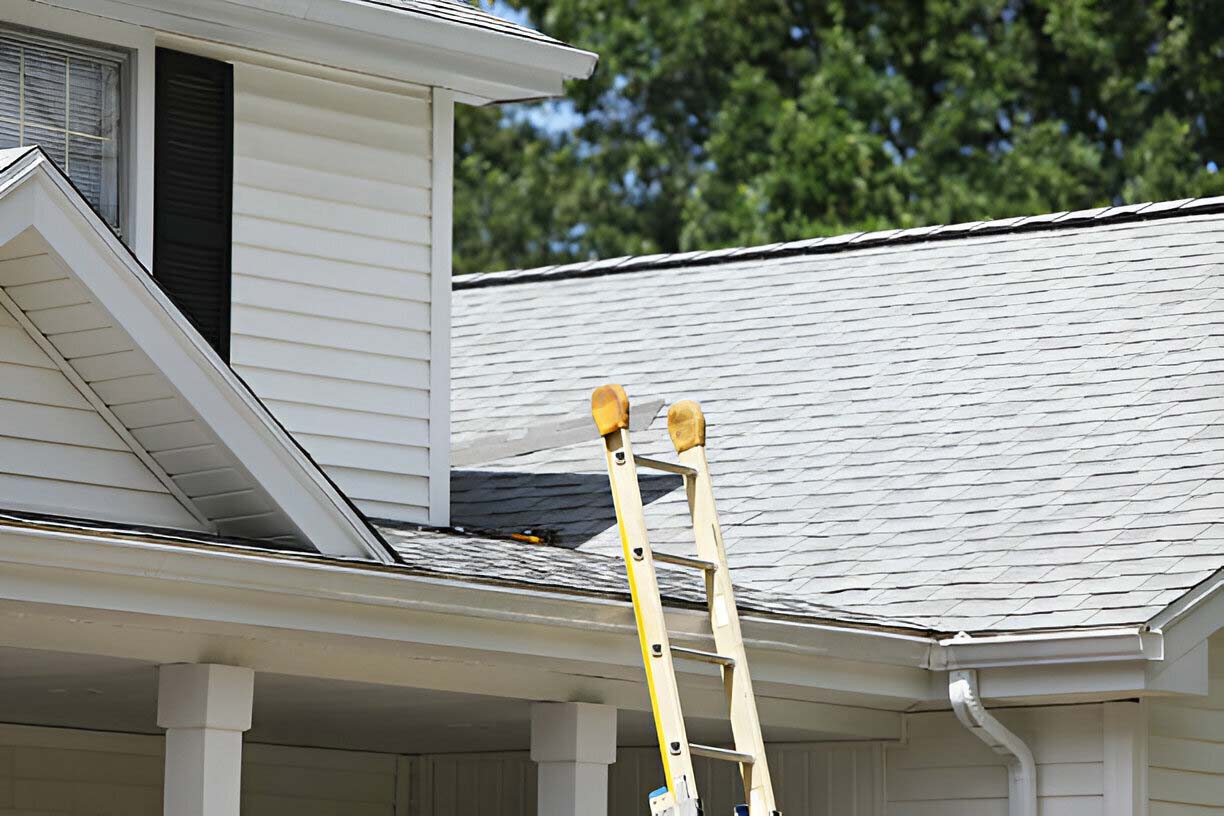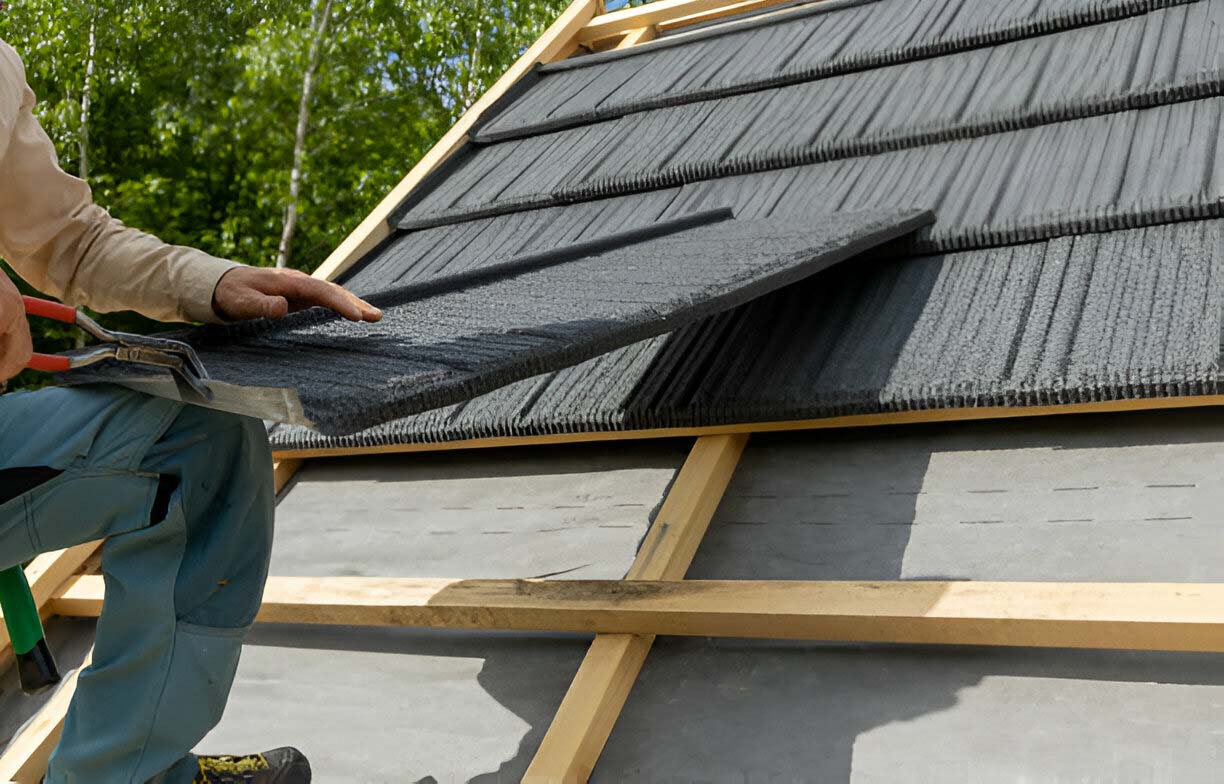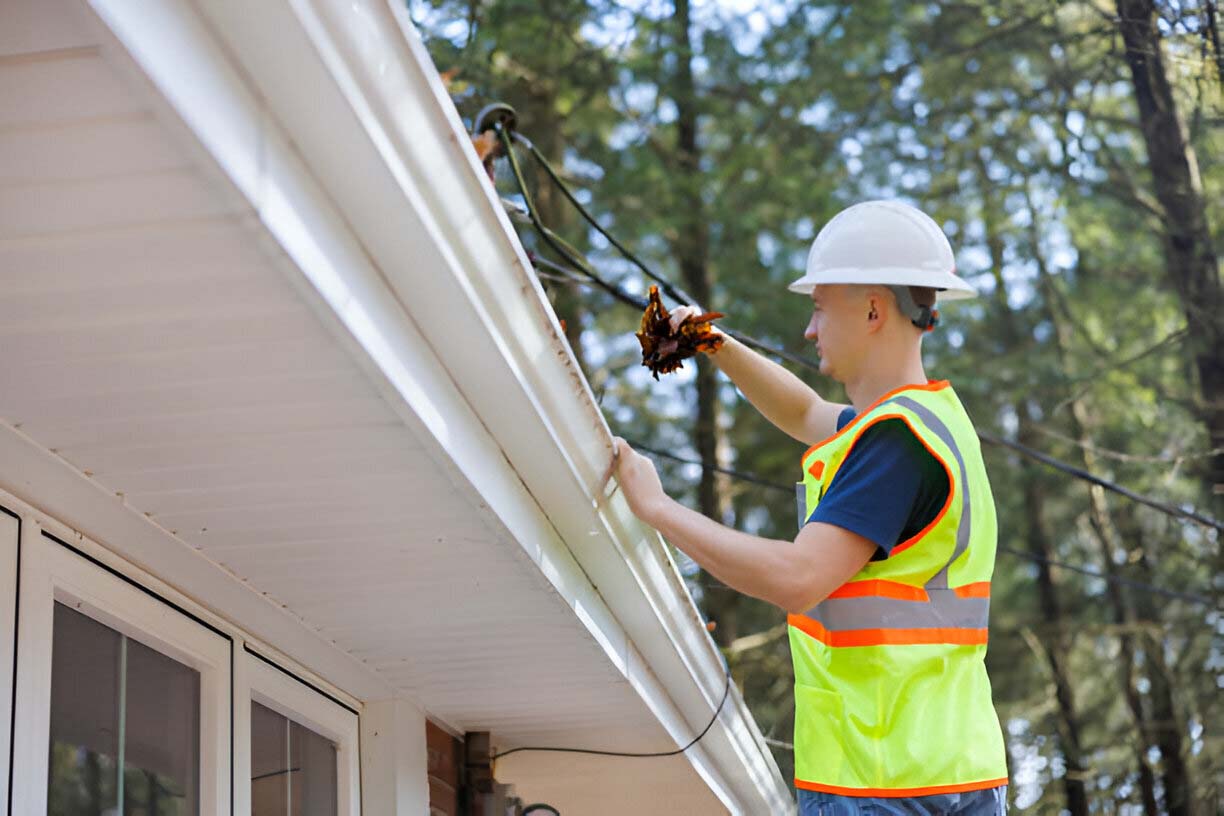When it comes to safeguarding your home, the roof stands as the ultimate line of defence against nature’s onslaught. Whether it’s protecting you from summer‘s blistering sun, drenching rains, or heavy snowfall in the colder months, your roof is a silent guardian that deserves your diligent attention. However, this vital aspect of home protection is often overlooked, leading to costly repairs and compromised safety.
If you’re proactive about maintaining your roof, you can save yourself a lot of headaches down the line. This isn’t about just making reactive repairs; it’s about boosting your home’s resilience and even saving on energy costs. In this comprehensive guide, we’ll take you through some expert-approved tactics to enhance your home’s rooftop longevity. Get ready to elevate your roofing game with these six life-changing tips.

1. Choose the Right Roofing Material
The first step to a durable, long-lasting roof is choosing the right material. From the classic asphalt shingles to modern metal or slate, every option comes with its own set of benefits and drawbacks, as this residential roofer explains. Durability, cost, and aesthetics are significant considerations, but you should also factor in your local climate. For instance, in areas prone to wildfires, Class A fire-rated materials like metal, slate, or clay tiles are highly recommended.
Beyond the initial installation, think about long-term performance. Metal roofs, for example, are extensively resilient and can last up to 50 years. On the other hand, asphalt shingles might require more frequent replacement but are easily repairable and increasingly available in sustainable, longer-lasting forms. It’s an investment worth pondering over, as the right material can significantly increase your home’s overall protection.
2. Keep Your Roof Clean and Healthy
Regular maintenance is the key to a healthy roof. Fallen leaves, branches, and debris can trap moisture, leading to the growth of algae and moss. These not only compromise the structural integrity of your roof but can also affect your home’s indoor air quality. Additionally, clogged gutters can cause water to back up and seep under the roof, leading to leaks and water damage.
It’s essential to inspect your roof at least twice a year, ideally in the spring and fall. Look for loose or missing shingles, signs of wear, and any areas where water might be pooling. Addressing these issues promptly can prevent larger, more expensive problems down the line. For safety reasons, it’s often best to hire a professional roofer for these inspections.
3. Improve Ventilation and Insulation
A well-ventilated attic can reduce the buildup of heat and moisture, which can lead to premature deterioration of the roof and increased energy bills. Proper insulation, on the other hand, ensures that the temperature in the attic remains stable, preventing ice dams in winter and heat loss in summer.
Improving ventilation can be as simple as adding ridge and soffit vents to create a natural flow of air. Insulation, however, might require more strategic planning. Different climates demand different insulation R-values, which determine the resistance to heat flow. Consulting with a professional can help you determine the best approach for your home.

4. Plan for Severe Weather with Reinforcements
If you live in an area prone to severe weather, it’s wise to reinforce your roof to withstand the elements. Hurricane straps, high-wind shingles, and impact-resistant materials can go a long way in protecting your home and reducing insurance premiums. These reinforcements are not only useful for your peace of mind but are also seen favourably by home appraisers and buyers.
In the event of a storm, a secure roof can be the difference between staying safe and incurring thousands of dollars in damage. Installing shutters, strengthening the structure, and keeping large trees trimmed can also lessen the risk of weather-related disasters.
5. Harness Technology with Smart Roofing Solutions
Technology is revolutionising the roofing industry, with innovations like solar shingles, smart thermometers, and drone inspections becoming more prevalent. Solar shingles can convert sunlight into electricity, offering a greener, more sustainable energy solution. Smart thermometers can detect leaks and monitor weather conditions, alerting you to any potential issues in real-time. And drones allow for quick, safe inspections of hard-to-reach places.
While these advancements are exciting, they also require thoughtful consideration and investment. Smart roofing solutions can be on the higher end of the price scale, but the long-term benefits often outweigh the cost for environmentally conscious homeowners or those who are frequently away from home.
6. Invest in Professional Repair and Restoration
Lastly, never shy away from investing in professional repairs or restorations when needed. While it can be tempting to patch things up with DIY solutions, the expertise of a professional roofer can make a significant difference in the quality and lifespan of your roof. Professional repairs can also be more cost-effective in the long run, as they prevent small issues from turning into significant problems.
If your roof is reaching the end of its lifespan, restoration might be a better option than a full replacement. This process typically involves repairing the existing roof’s flaws and adding a protective layer that can extend its life by a decade or more. Not only does restoration save you money, but it also reduces environmental waste by keeping your current roof in serviceable condition.
Your roof is a vital component of your home, deserving of your attention and care. By choosing the right materials, maintaining a cleaning routine, ensuring proper ventilation and insulation, reinforcing for severe weather, utilising smart technologies, and seeking professional help when necessary, you can ensure that your roof not only protects your home but does so in the most efficient, long-lasting way possible. This proactive approach to roof care not only enhances your home’s protection but also increases its value and sustainability.








